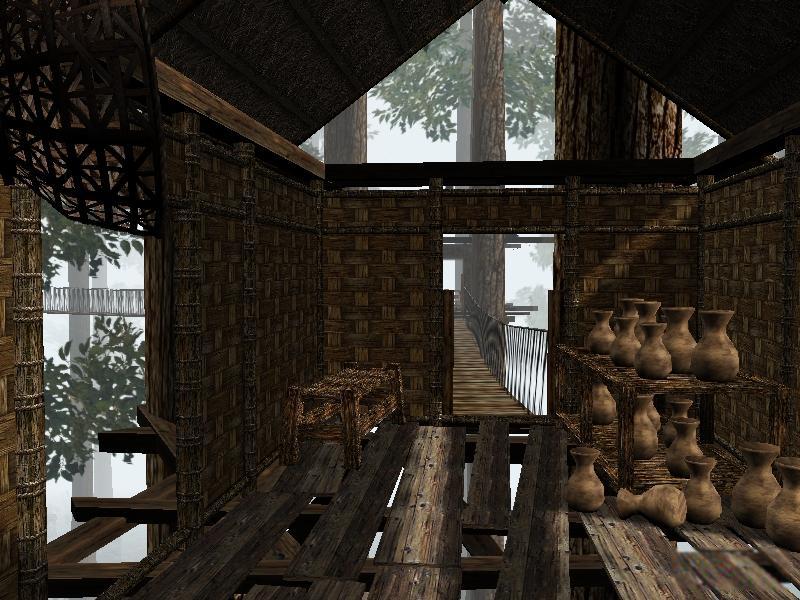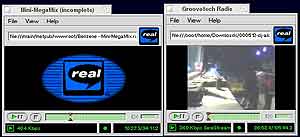
I would do 16color micro blocks and a very large CLUT system. IIRC, cinepak versions limit 16 colors per micro block. Many codecs limit the colors per micro block. Decompressing ADPCM is very lite on cpu resource.

Standard ADPCM gives you 4:1 compression and decompresses nicely to 10bit audio. (or a lot of other Psygnosis games) I'd immagine Time Gal is uncompressed though, looks like Sonic CD.Įdit: I forgot about Silpheed, that has the CD only streaming video though, right, all audio generated in realtime by the Sega CD's PCM chip? (the music sounds very different from the arranged CD bonus tracks, not like compressted version of those at all) It's pretty obvious Silpheed was optimized for the limited color capabilities to avoid dithering.Ĭurious, why 25 fps? Why not 24fps or even better 20fps.
REAL MYST INDEO CODEC FULL
I'd immagine most that get close to full screen like in Soul Star, Stellar Fire, Bram Stoker's Dracula, Dragon's Lair, etc use Cinepak. Were the Digital Pictures games done uncompressed or with Cinepak? sega had Cinepak libraries for devs so people used those instead of making out their own. Most FMV what you see on MCD is usually uncompressed (Sonic CD) or Cinepak compressed (Road Rash).

the files will be big since RLE is not usually giving good compression and uncompressed is uncompressed. uncompressed, RLE compressed files would be easiest to get showing. You can play AVIs on MD/MCD if you want, you just need some compression for the file that the system could handle. So there's the goal - 23:1 video compressor that looks better than cinepak, and can play in real time on the 32X SH2. A frame will always be 320x200 (you only have space for 320x204 in thousands mode in the frame buffer), so the frame size is 320x200x2 = 128000 bytes per video frame, meaning you need to compress each byte by 23 or 20 depending on the CD mode. That means the video has 5556 or 6420 bytes depending on the CD mode. Allot some of that to stereo audio - say we use 3:1 compression on audio at 22050 Hz stereo, that means 588 bytes per 25 Hz video frame. That means for the nominal 25 Hz frame rate, you get 3 (CD) frames of data, or 6144 bytes of data for a MODE 1, or 7008 for a MODE 2 disc. I think the target frame rate should be 25 Hz - the CD is 1X and that means you get 75 (CD) frames of data per second. It can handle better than cinepak, and has good video and audio output.

What is needed is a codec targeting the 32X specifically. (I'd immagine not as it required Pentium or higher) I wonder if Indeo would have been practical to port to any of these. I'd immagine the 3DO and Jaguar CD, and I assume Saturn were in a similar situation (except they've all got 24-bit master palettes), having more colors may have made codec more taxing on the systems though. One problem with this though is that Cinepak uses 256 color encoding (I'd immagine they dropped down to 16-color for Sega CD), so you'd still not be taking full advantage of the 32x. The obvious advantage is the color palette, 15-bit (32,768 colors) with all 32,768 colors available on-screen simultaneously (hence the re-releases of some FMV games). The 32x should be capable of playing better codecs than the Sega CD though (with its 12.5 MHz 68k), I'm kind of surprised the CD actually supported Cinepak given the CPU resourse available. (I think it's in a similar boat as others audio wise) Playstation has decompression hardware built-in for MJPG's.

The Saturn couldn't even do MPEG without an add-on module, which would allow it to play standard VCD's (rather like the CD-i or 3DO), some games actually supported this as well I beleive.


 0 kommentar(er)
0 kommentar(er)
